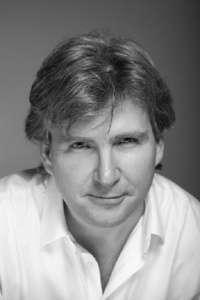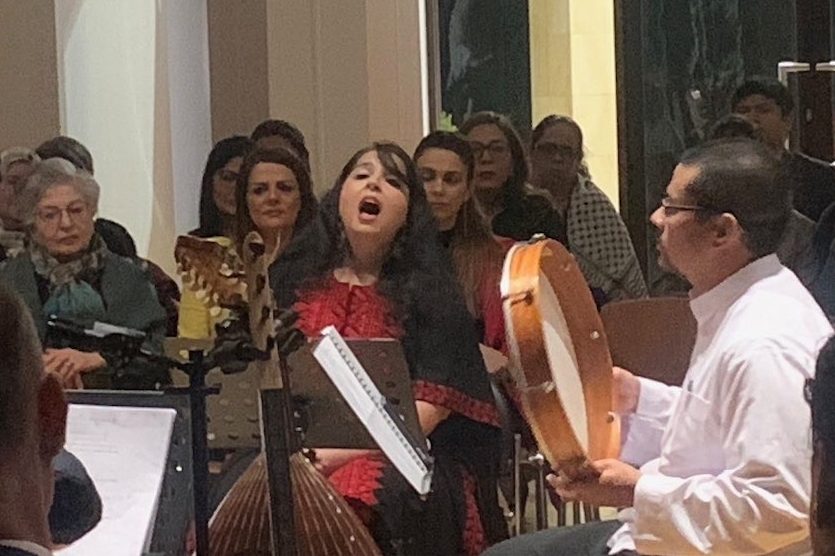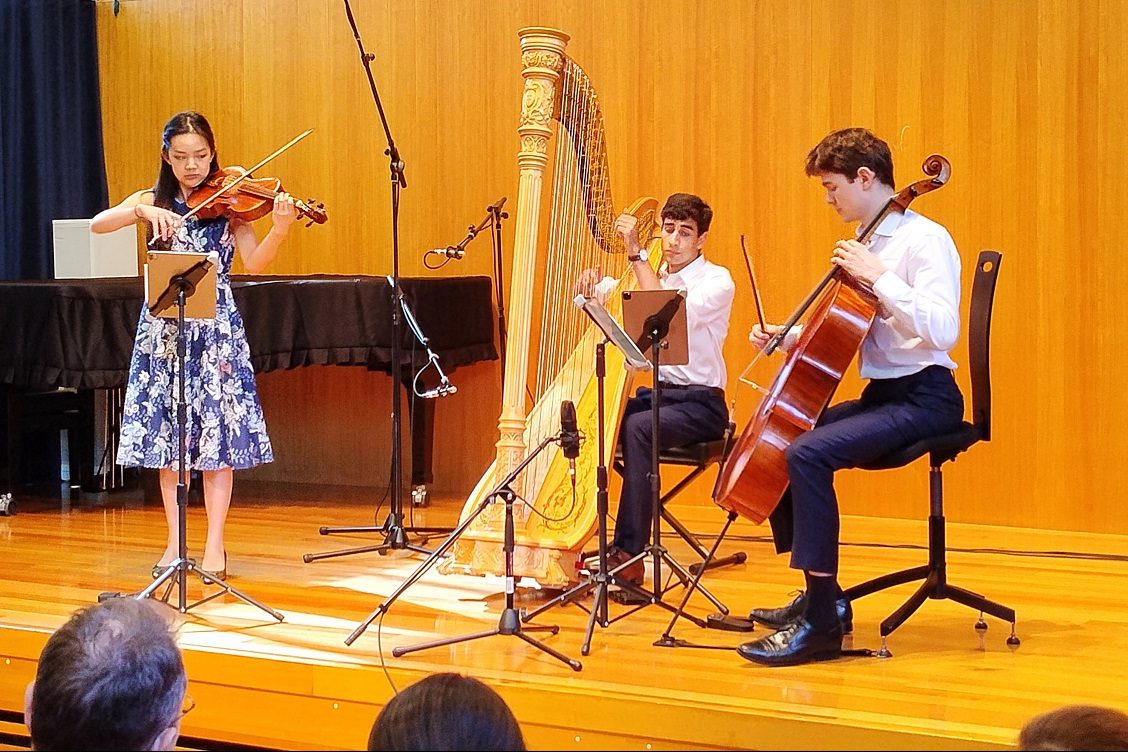
THE Song Company has again charmed and delighted with a performance as much an illustrated lecture as a recital.
That is not to suggest it was dry and uninteresting, quite the opposite. The ensemble’s artistic director Antony Pitts kept up a running commentary throughout the performance that illuminated what would otherwise be a wonderfully obscure aspect of late 16th century English music making.

The Dow Partbooks are five books compiled by Robert Dow, a musician living in Oxford in the 1580s. Each of the five books contains one of five parts (soprano, alto etcetera) for more than 130 pieces of mostly choral music.
That each book contains only one part for each work makes performing the music rather a challenge. Modern scoring prints all the parts together, so all performers can see the structure and what the other parts are doing musically. Added to this, the convention of the time did not include dividing the music into bars, so there is no indication of the beat of the music, whether it be in three or four-note groupings.
According to Pitts, this was music to be used in a domestic setting, for the pleasure of those performing it rather for a larger audience.
Several shorter works were presented informally with the five singers sitting around a table, as they might have originally been performed. Two longer pieces, a setting of the “Lamentations” by Robert White and William Byrd’s “Ne irascaris” were done more formally, with Pitts conducting.
The singing was flawless, the presentation imaginative and entertaining. For one piece, where the parts were printed in the program, the singers were distributed around the church and the audience invited to sing along, at least those who could follow Elizabethan sheet music. The concert finished with another work by William Byrd, “Christe qui lux es”, which Pitts suggested was a hymn for the end of the day. This was hauntingly beautiful and a memorable way to finish the concert.
Who can be trusted?
In a world of spin and confusion, there’s never been a more important time to support independent journalism in Canberra.
If you trust our work online and want to enforce the power of independent voices, I invite you to make a small contribution.
Every dollar of support is invested back into our journalism to help keep citynews.com.au strong and free.
Thank you,
Ian Meikle, editor




Leave a Reply